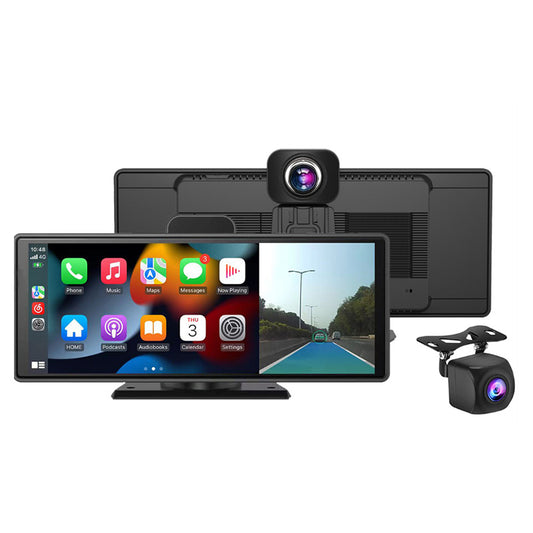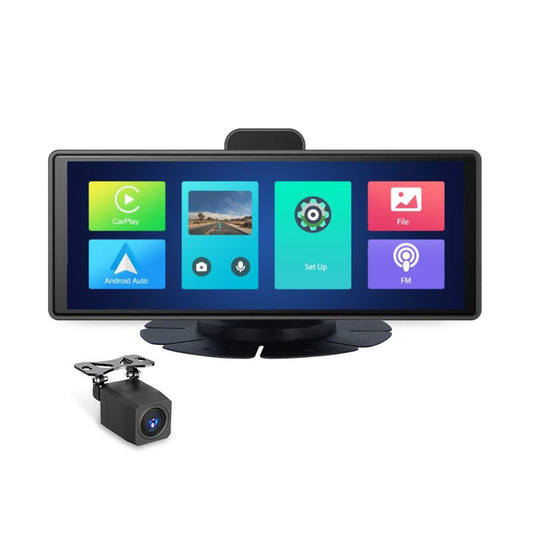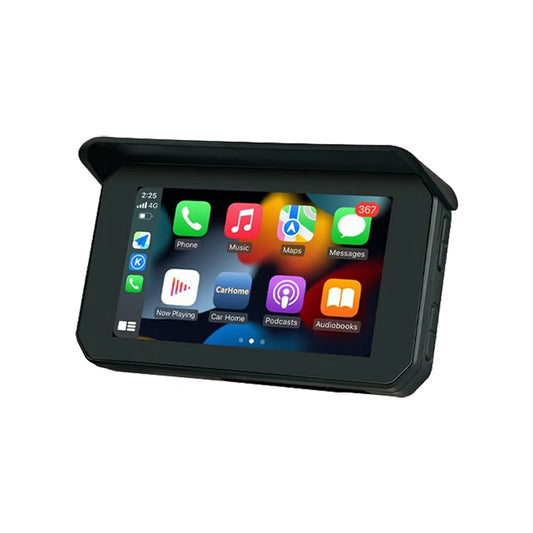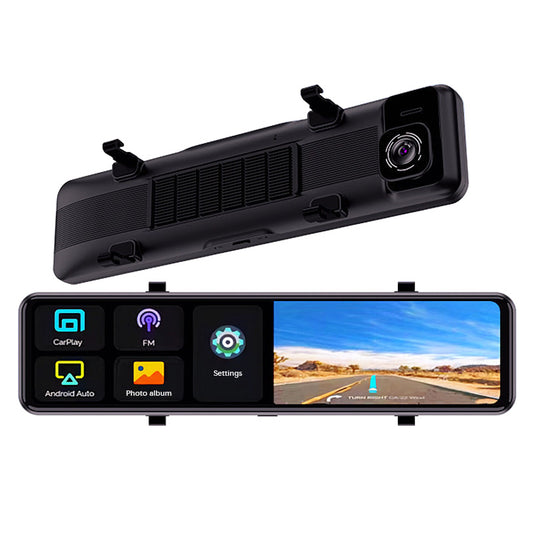Motorcycle Dash Cam
A motorcycle dash cam is a compact camera mounted on the motorcycle. It continuously records the rider's journey and surroundings, offering footage for documenting rides, capturing incidents, and enhancing safety.
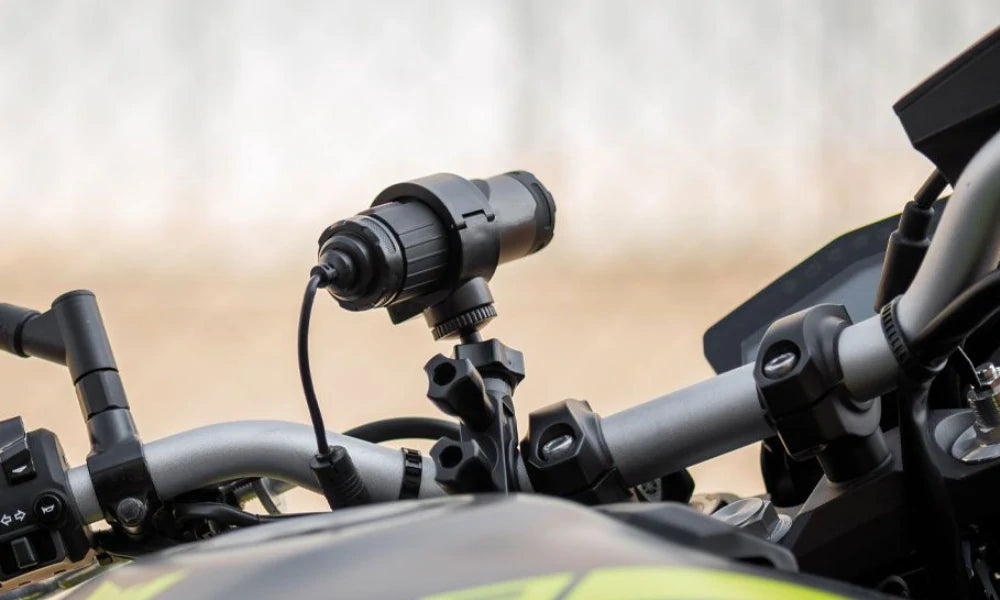
Pros
- Loop recording ensures continuous video capture without worrying about storage card capacity.
- Connects to motorcycle power supply for continuous power.
- Automatically records without the need for manual switching.
- Specially designed for motorcycles, with a more concealed and secure installation location.
- Some models feature both front and rear dual-camera functionality, providing a more comprehensive field of view.
- Some models come with parking monitoring functionality, ensuring vehicle safety when parked.
Cons
- Due to the fixed installation position, the limited field of view may not fully cover the surrounding environment.
- Compared to helmet cameras, the clarity and stability of the lens may be slightly inferior, potentially affecting the video quality.
Helmet Camera
A helmet camera, as the name suggests, is a camera attached to the rider's helmet. It provides a first-person perspective of the rider's experience, capturing high-quality footage of rides, events, and adventures.
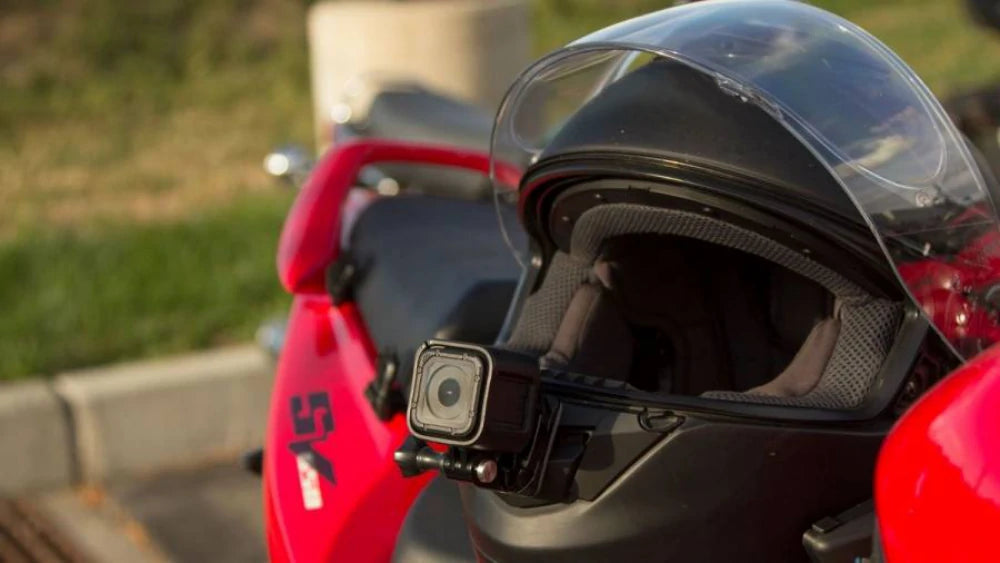
Pros
- High-quality and stable lens for reliable video recording.
- Provides a perspective aligned with the rider's view.
- Flexible installation allows it to be mounted on either the helmet or the handlebars, and it can also be detached for other filming purposes.
Cons
- Limited battery and storage capacity.
- Requires manual operation, needing to start and stop recording with each ride.
- Increases aerodynamic resistance, potentially affecting maneuverability and speed.
- Vulnerable to theft; must be removed from the helmet when leaving the motorcycle unattended.
- The helmet camera could pose safety risks in a crash, potentially getting stuck in objects or exerting extra force on the neck. Additionally, its protrusion might increase the risk of helmet penetration.
Motorcycle Dashcam vs. Helmet Camera
| Motorcycle Dash Cam | Helmet Camera | |
| Video Quality | ❌ | ✅ |
| Continuous Recording | ✅ | ❌ |
| Automatic Recording | ✅ | ❌ |
| Security | ✅ | ❌ |
| Flexibility | ❌ | ✅ |
| Price | Higher | Lower |
In summary, the Helmet Camera outshines the Motorcycle Dash Cam in terms of video quality and flexibility. Therefore, if you aim to document your journey while riding or explore various shooting scenarios, the Helmet Camera proves to be the superior choice.
On the contrary, if your priority lies in having a camera fixed on your motorcycle, without worrying about battery capacity or storage space, and without the hassle of manually starting/stopping recording, then the Motorcycle Dash Cam is your top choice. Even if you forget about its presence, it faithfully provides accident evidence when needed.
Additionally, consider factors such as trip duration and budget when selecting the most suitable motorcycle camera for your needs.

